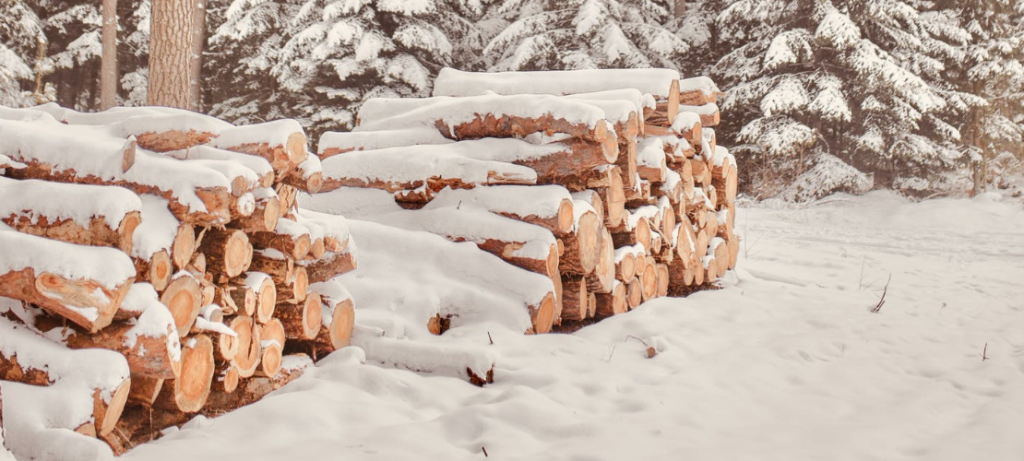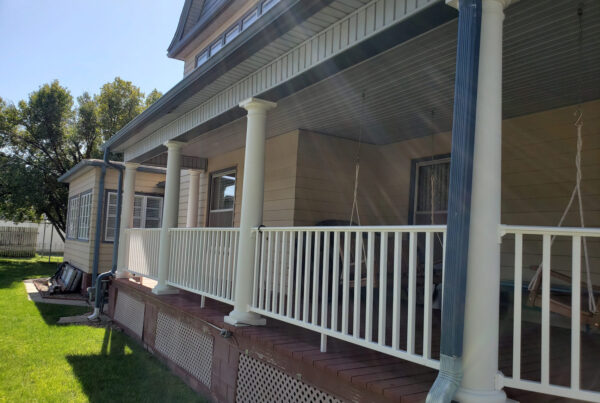**Section 1: The Essence of Hemlock Lumber in Our Lives**
Wood, an elemental part of our daily existence, surrounds us in myriad forms—be it the furniture we relax on, the floors we tread, or the structures that form our homes. However, the significance of wood goes beyond its utility; it’s an imperative resource that requires careful consideration and sustainable practices. Before we delve into the world of Hemlock Lumber, it’s crucial to acknowledge the importance of responsible harvesting and afforestation in maintaining this indispensable resource.
—
**Section 2: Understanding Hemlock Lumber: Origins and Characteristics**
*Exploring the Roots*
Hemlock Lumber, derived from trees of the Tsuga genus, owes its name to the resemblance in scent to the poison hemlock plant. These evergreen trees, known for their scaly bark, thrive in cooler climates, playing a pivotal role in horticulture. Intriguingly, beyond its wood, the bark of the Hemlock tree holds high value in industries such as leather tanning and fur processing due to its rich tannic acid content, offering a unique perspective on the significance of these tree species.
—
**Section 3: Versatile Applications of Hemlock Lumber**
*Evolution in Utility*
Initially confined to specific industries, Hemlock Lumber has progressively expanded its domain. Once primarily utilized in leather tanning and fur processing, its applications now extend to construction, furniture making, and flooring. Renowned for its stability, water resistance, and durability, Hemlock has gained prominence, particularly for its ability to resist cracking and twisting, making it an ideal choice for long-lasting furniture and resilient flooring.
—
**Section 4: The Range of Hemlock Lumber Species**
*Exploring Diversity*
Under the umbrella of Hemlock Lumber, Douglas firs emerge as sought-after species in the construction realm. From crafting boats and aircraft to manufacturing flooring and furniture, these firs showcase versatility in their applications. Further division within Hemlock Lumber—Eastern, Mountain, and Western Hemlock—presents distinct characteristics and applications, each contributing uniquely to various industries.
—
**Section 5: Dimensions and Varieties of Hemlock Lumber**
*Understanding Specifications*
The dimensions of common Hemlock Lumber varieties offer insight into their sizes and weight properties. Ranging from Eastern Hemlock with specific tree sizes, trunk diameters, and weight, to Mountain and Western Hemlock, each variation presents unique characteristics suitable for diverse applications. With eight to ten species falling under the Hemlock Lumber category, the variety in sizes and properties expands, catering to a broader spectrum of requirements.
—
Exploring the realm of Hemlock Lumber unveils a world of diversity, applications, and dimensions, underscoring its pivotal role across industries. Understanding its origins, characteristics, and versatile uses provides a deeper appreciation for this indispensable resource in our daily lives.










